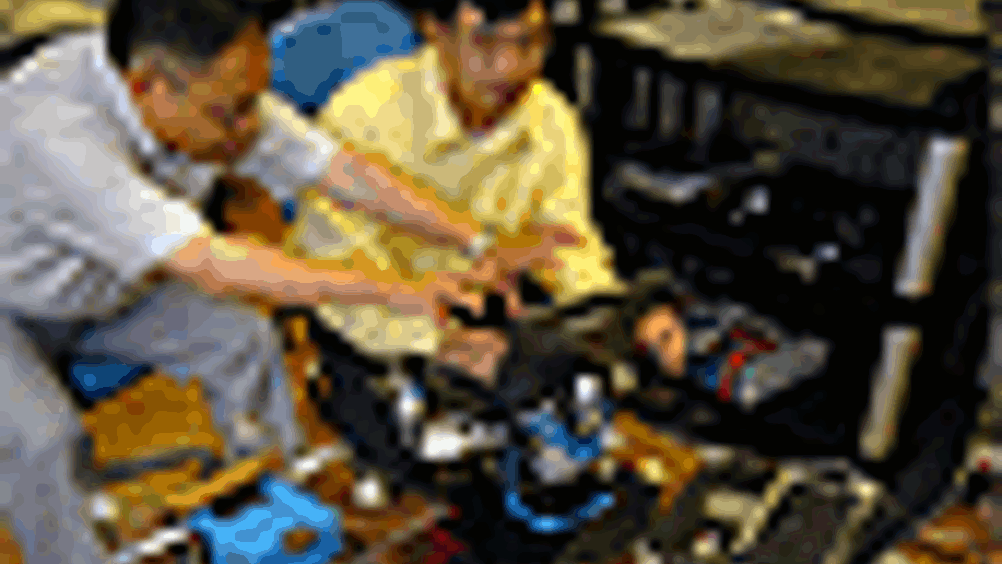Robots map with SLAM-dunk accuracy

Engineers at Purdue University, Indiana, have developed robots that use a variation of the Simultaneous Localisation and Mapping (SLAM) algorithm to make ‘educated guesses’ about what lies ahead as they travel in unfamiliar surroundings.
The new software algorithm, called P-SLAM, uses data collected from sensors, which include a laser rangefinder and odometer, on a robot to create partial maps as it travels through an environment for the first time. The robot then uses this partial map to predict the potential layout of an area.
According to Dr CS George Lee, professor of electrical and computer engineering at Purdue, the robot can navigate an environment more successfully the more repetitive the environment.
‘For example, it’s going to be easier to navigate a parking garage using this map because every floor is the same or very similar, and the same could be said for some office buildings,’ he said.
The Purdue researchers tested the algorithm in simulated and real robots in the corridors of a building on the Purdue campus. They found that a simulated robot was able to successfully navigate a virtual maze while exploring 33 per cent less of the environment than would normally be required.
Register now to continue reading
Thanks for visiting The Engineer. You’ve now reached your monthly limit of news stories. Register for free to unlock unlimited access to all of our news coverage, as well as premium content including opinion, in-depth features and special reports.
Benefits of registering
-
In-depth insights and coverage of key emerging trends
-
Unrestricted access to special reports throughout the year
-
Daily technology news delivered straight to your inbox










Pipebots Transforming Water Pipe Leak Detection and Repair
Fantastic application.